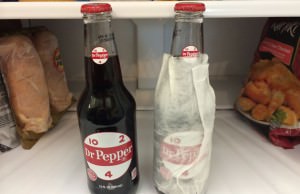15 Scary Ingredients You Don’t Know You Ate
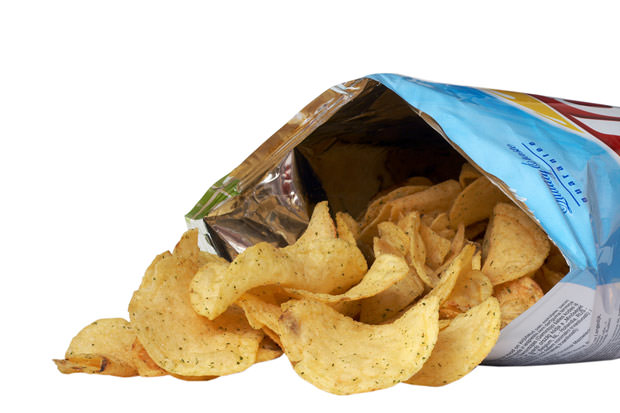
Most foods (especially processed ones) contain a series of ingredients that many people can’t even pronounce, much less understand what they are. Read on for 9 scary ingredients you should be looking out for.
1. Olestra
Olestra is a fat substitute commonly found in snack products such as Pringles and Frito Lay chips. For years these products were required to carry a label warning consumers of the potential digestive problems they could experience, but in the early 2000s the FDA removed the label requirement. In addition to bowel issues, olestra could also hinder your body’s ability to absorb nutrients such as lycopene.
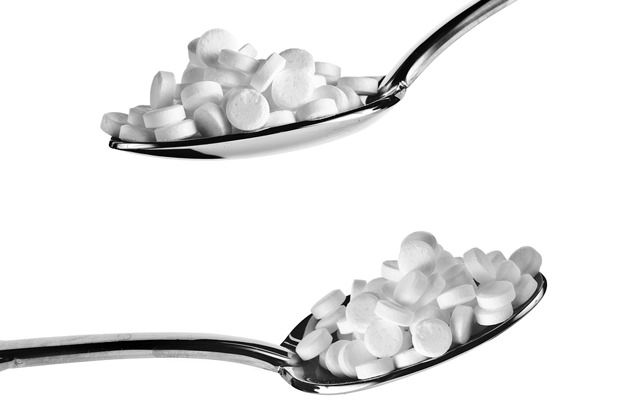
2. Saccharin
Ever notice all those pink packets of Sweet N Low on the dinner table? This artificial sweetener promises lower calories, but has been shown to actually cause rats to gain weight. What’s even worse, studies have shown that rats developed bladder tumors after consuming saccharin.
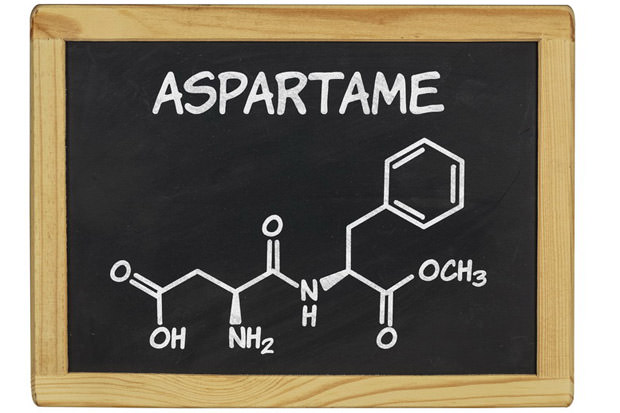
3. Aspartame
So we all know that aspartame is a common ingredient in “sugar free” foods, including soda. While we think that we may be helping our bodies by not consuming sugar, aspartame is not as safe as it sounds. Studies have shown that there are detrimental health effects to consuming aspartame, and the FDA has received thousands of complaints over the years. While there are zero calories in aspartame, the sweetener does contain a dangerous ingredient – methanol.

4. Castoreum
Commonly found in foods with artificial vanilla or raspberry flavoring, castoreum is labeled as “natural flavoring”. While this is technically true, many people are unaware that beavers produce this naturally occurring flavoring. That’s right folks, artificial vanilla and raspberry flavoring is made from the secretions of a beaver’s anal glands.

5. Glyphosphate
Common in prepackaged food with soy and corn derivatives, this ingredient is infused in the plant as an herbicide. It can lead to infertility and obesity, and oh yes, is the active ingredient in weed killer products.
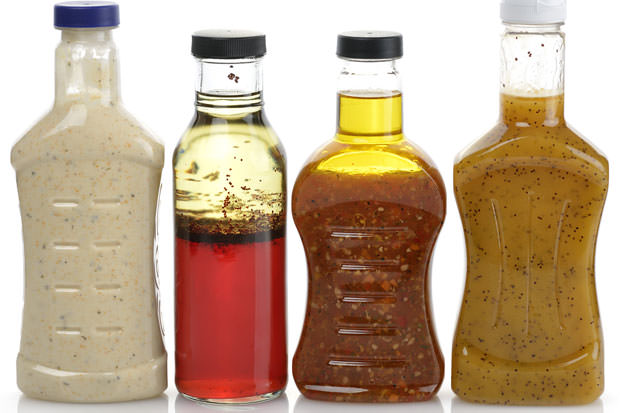
6. Propylene Glycol
Before reaching for your favorite salad dressing, check the label for this ingredient, which is also commonly found in antifreeze. It’s also a close relative of ethylene glycol, which is very harmful to dogs.
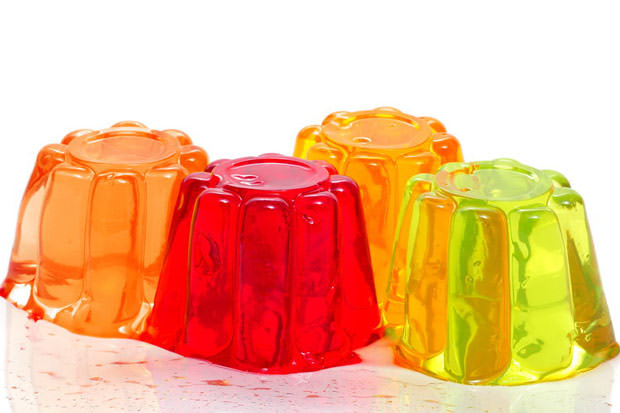
7. Gelatin
Commonly found in frosted cereals, yogurt or candy, gelatin is derived from animal skins, i.e. collagen. Yes, that wonderful product that keeps Hollywood young is lining your grocery store shelves.

8. Shellac
Known as confectioner’s glaze and found on popular shiny candies, shellac is actually made from the secretions of an insect found in Thailand.
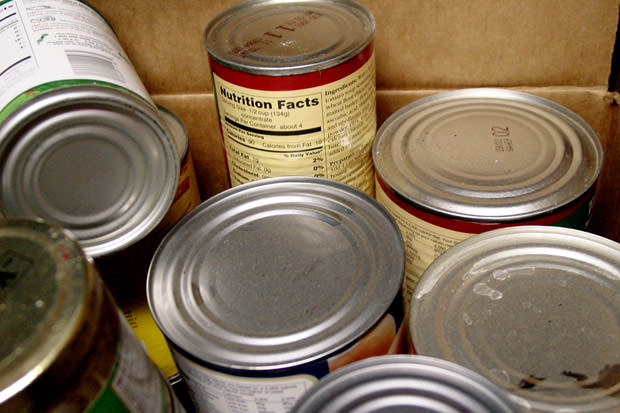
9. Bisphenol A (BPA)
Commonly known simply as BPA, this ingredient hides in hard plastics or in the lining of Shellac. If BPA leaks into foods it could cause birth defects, prostate problems or even affect your brain.

10. Butylated Hydroxytoluene (BHT)
One of the most dangerous additives on the planet is used in many cereals that are now currently on the shelves of the supermarkets in your area. BHT is also used in jet fuel and embalming fluid because of its preserving characteristics, just to give you an idea of how dangerous it is. It causes liver damage and has been linked with cancer.

11. Propyl gallate
This antioxidants used to preserve packaged food is also very dangerous and directly linked with cancer. It can be found in vegetable oil, chewing gum and even chicken soups, so you better read your labels carefully. Although cancer is the main reason why you should avoid foods with propyl gallate, it has many other adverse effects on your body like skin irritability and allergic reactions that impact breathing.

12. Sodium nitrite
Ever wonder why hot dogs are so tasty and delicious? It’s because of a substance called sodium nitrite that keeps their “natural” color and adds that flavor that we all like. The thing that no one tells you about hot dogs is the fact that, once they are in your digestive system, the sodium nitrate starts to form cancerous nitrosamines in our intestines. To fight this, they added a lot of Vitamin C to prevent the reaction from happening and this is what makes hot dogs legal.

13. Brominated vegetable oil
In order to get their drinks noticed in the supermarkets, clever marketers decided that the sodas should be colored with bright colors and this is where brominated vegetable oil steps in, giving those refreshing drinks their refreshing color. Linked to increasing cholesterol levels, this dangerous substance has many other troubling side effects especially if you drink too much of it. According to the Journal of Toxicology: Clinical Toxicology, side effects include memory loss, tremors, fatigue, loss of muscle coordination, headache, and ptosis of the right eyelid, as well as elevated serum chloride.

14. Acesulfame-K
Acesulfame-K is a calorie-free sugar substitute, but the catch is that it’s 200 times sweeter than sugar. It was discovered accidentally in 1967 by German chemist Karl Clauss and its production has risen to unbelievable proportions since. It can be found in various sodas, bubble gum, and baked goods. Two separate studies showed its link with cancer and another showed that it affects the thyroid adversely.

15. Perfluorooctanoic acid
In this “instant” world we live in, many substitutes had to be made and you may not like some of them. Perfluorooctanoic acid is used in the bags and the lining of microwave popcorn, and this wouldn’t be a problem if it didn’t vaporize at high temperatures, just like the ones in microwave. Once vaporized, contamination of the popcorns themselves is a real possibility. The acid has been linked to thyroid disease in humans and cancers in animals. The EPA has a close eye on this dangerous chemical and made it its top priority for the year 2015.


